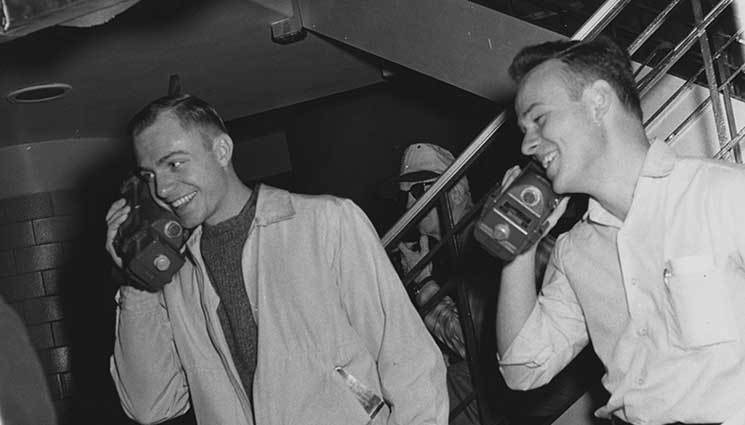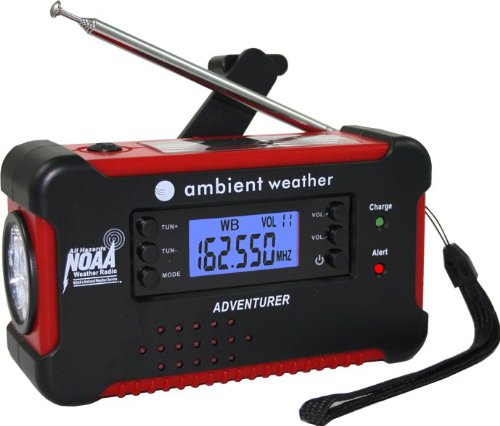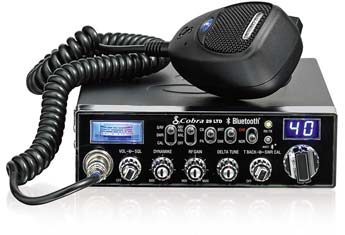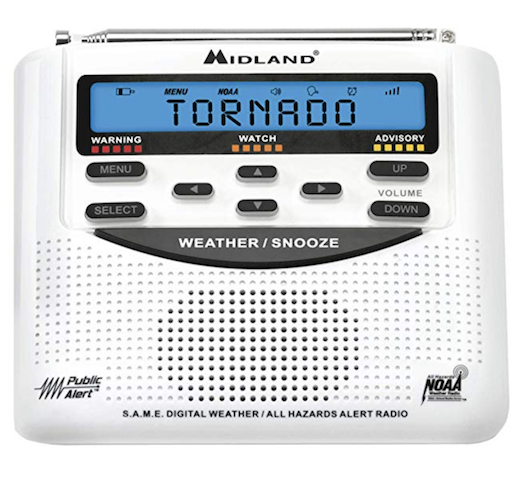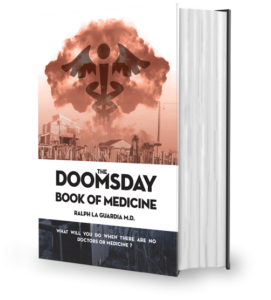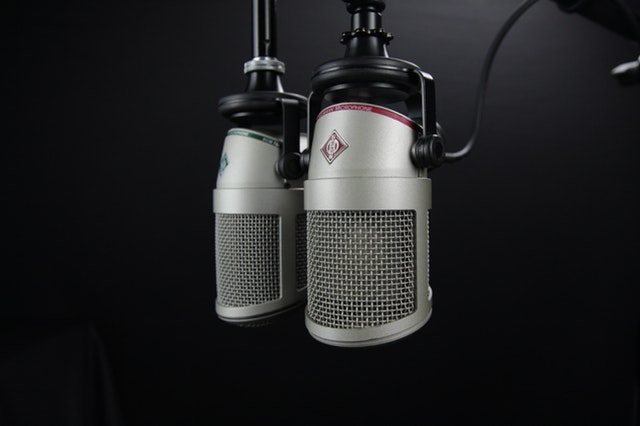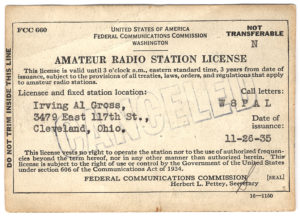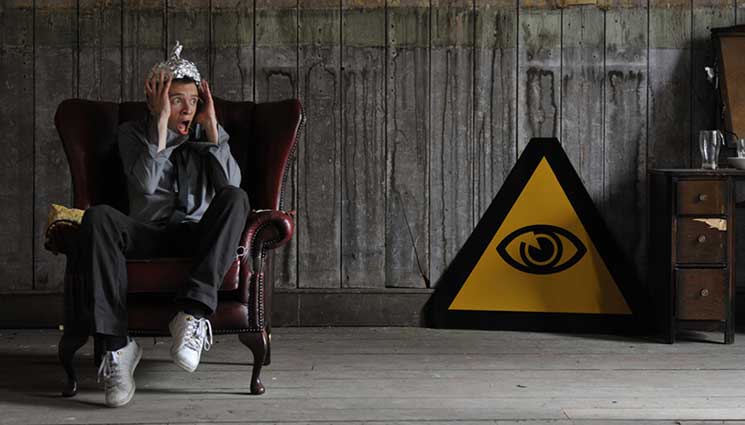Prepping 101 – Communication Options
Having a plan in place for Communication in a disaster or survival situation is important to your preparations. This may be a plan for communicating with your family if you are away. It could entail group communications at a retreat or neighborhood watch scenario or it could be as simple as letting family members know where you are if you are forced to separate? Taking the time to plan your communications now can save someone’s life and make any other plans you have function more smoothly.
Communications also encompass staying aware of news and information. If you are in the middle of a natural weather event and you need to know what if anything else is coming your way or which parts of town are the most impacted, you will want to stay in touch with the outside world. If there are traffic snarls that are blocking your retreat route or rioters or vigilantes have cordoned off a section of town you need to go through, you need to know this well in advance of trying to lead your family through there and adjust your plans accordingly.
Know your neighbors
This has certainly been discussed at great length but it bears repeating. The simplest and closest forms of communication you have are the people who live right next to you. During hurricanes Sandy and Katrina, neighborhoods banded together quickly after both of these tragedies for support and protection. This is another reason to stay focused on your surroundings and practice good Situational Awareness. You as well as your neighbors should know who lives in the houses around you. They may know if one of your neighbors is on vacation and someone strange is lurking around their house. Neighbors can check on people who may be older or need special assistance when regular service isn’t possible.
It is highly likely that after a disaster you may not have the ability to call the police or paramedics to assist people who are injured. Your job in this case would be to join up with your neighbors to take care of the injured and help anyone who needed assistance. The power of the group will make you all much more successful at staying alive, fed and sheltered as much as possible.
Special Family Signals
If you are forced to leave your home for whatever reason and a member of your group isn’t able to leave with you a predetermined symbol comes in handy to pass the unspoken message of where you have gone. Some of you may recall in one of the Doomsday Prepper episodes, Johnny O had a secret communication plan for his family. I think in Johnny’s case there was a wooden bear on his front porch with a fish lying in its lap. His family was taught that if the fish was turned a different way or was not “normal” that was a signal for his family to immediately head to their bugout rendezvous location.
Having a similar signal like this could be beneficial for you. I would caution that the secret signal should be a little harder to accidentally trigger. In my case, it would be easy for one of the neighborhood kids to knock the fish over and I would come home and think everyone had left me. Less obvious signals can be devised that can alert family members to your status and what is to be done next.
Another aspect of this type of survival communication is simply leaving a detailed record or note for someone. If you are a backpacker and plan to go into the woods on a multi-day hike, it is always a good idea to leave a note with your plans and expected arrival date with two people. I would leave one note with a close friend or family member who would contact the police if you didn’t show up at the appointed time. I would also leave another note face down on the dash of my car. The information should let anyone who is looking for you, have a really strong idea of where to start looking.
Solar Powered/Hand Crank Radio
Ambient Weather WR-111B Emergency Solar Hand Crank AM/FM/NOAA Digital Radio
In any emergency situation, staying informed not only gives you information but it can be reassuring or even motivating to you and your family. I would recommend that everyone have at least one emergency or weather radio at any of your locations. I keep one stored with my emergency supplies and only have to walk into the other room to grab it out of its box. You do want a radio that is powered by batteries in case the power is out and a nice option is to have either a solar panel or hand crank to power the radio in case you don’t have batteries.
There are tons of options on radios but The Adventurer is currently the highest rated according to Amazon. It runs off batteries, crank or solar and has an optional USB port to plug your phones in when they run down. Additionally it has a light to shine around while you are listening to either weather/AM/FM or NOAA broadcasts.
Cell Phones
Cell phones are the first thing you would think to grab in an emergency scenario and actually, having a fully charged phone and spare battery are great contents of any Bug Out or Get Home Bag, but they might not be in use in a major catastrophe. If you remember 9/11 cell phone traffic was knocked offline. Even during the relatively minor earthquake in Virgina in 2011, cell phone service was interrupted. Imagine if a real catastrophe or earthquake happened.
This problem isn’t limited to cities either. If you are too far off the map, your cell reception may not be sufficient to make a call. For example, you can look at just AT&Ts coverage map and see that there are giant portions of the western US that are completely uncovered by AT&T’s towers. You don’t want to depend on your cell phone in an emergency.
Internet
Can the internet be useful for communications? Of course it can, but like cell phones I wouldn’t rely on that for my disaster plan. In most emergency situations there isn’t power. You could take another route and say that the communications on the internet may compromise you. There are ways to stay anonymous on the internet, but they do require some level of work and every day more systems are designed to snoop on you regardless of the safeguards you have in place. Now if your entire family is a bunch of hackers with backup power generators, have at it! The common person shouldn’t rely on this method in most disasters.
CB Radios
Cobra® 29 LTD BT CB Radio with Bluetooth
CB or Citizens Band radios have been around for a long time. I remember my father had one in his old Mercury Capri and we would turn it on every once in a while and listen to the truckers talk while we were on a drive. I would try to come up with a clever handle, but it usually just revolved around whoever my favorite TV show hero was at the time.
CB Radios generally have a range of 5-20 miles depending on the terrain. Each channel is a different frequency and channel 9 is the emergency channel. You can listen to channel 9 for news updates and stay in touch with friends or family well away from your home. Some models like the Cobra® 29 LTD BT even have Bluetooth now so you can take calls on your CB. You just need a CB and an antenna and you are in business. Installation is simple and you can talk to anyone who is within your range.
Scanners
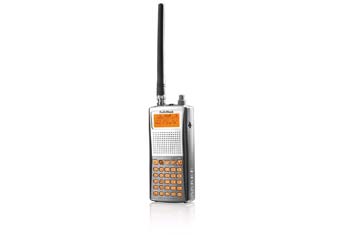
PRO-164 1000-Channel Handheld Scanner
A great companion to a CB Radio is a scanner, sometimes called a Police scanner that randomly scans all of the radio frequency channels. It surfs for you and when it finds traffic, it will stay on that channel during the broadcast. Some scanners hold thousands of frequencies and you can use this to hear what emergency service personnel are saying. You can also hear news before it makes it to the TV. If the scanners are still working and your police department isn’t blocking the frequency somehow you can hear what is happening in other parts of your town and make plans to bugout if necessary.
Two-Way FRS radios
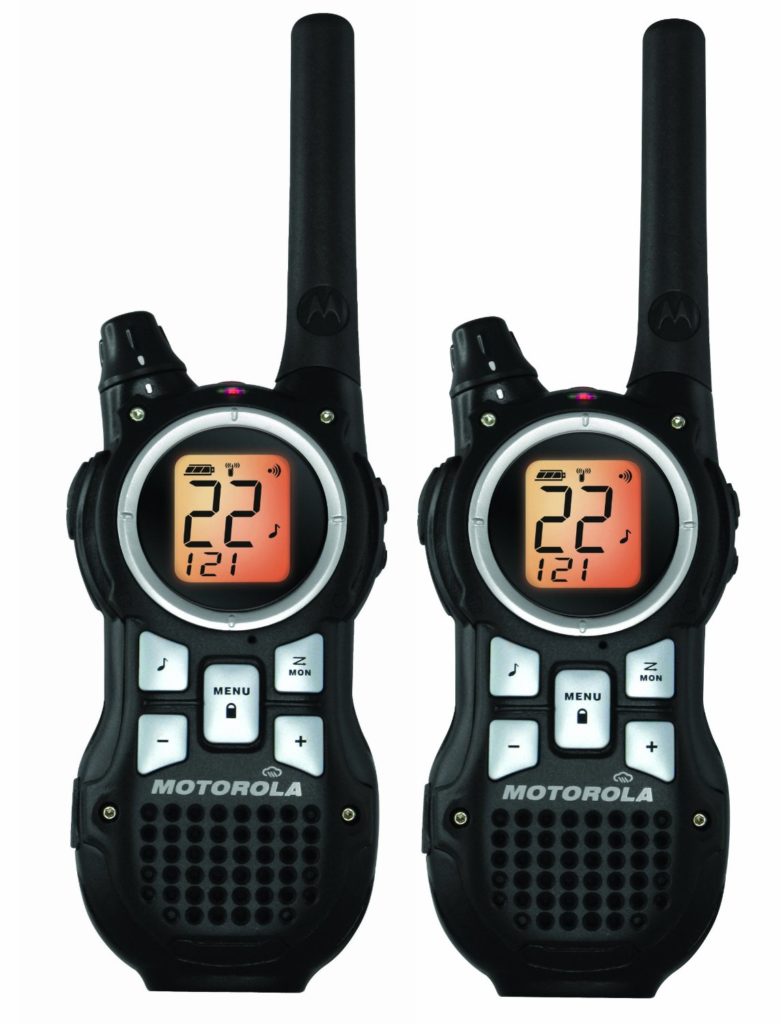
FRS Band Radios
Everyone who has ever been to WalMart has seen the FRS radios or walkie talkies. These are great on car trips when you want to stay in contact with another driver in a different vehicle. They are also good for camping trips when one group wants to separate from another group. They do have a much smaller range and this is highly impacted by line of sight. I think on the pair I bought, the range says “up to 23 miles”. Yeah, right! Maybe if you are standing the in middle of the desert and you can see the person 10 miles away. And you have a tail wind…
These radios are better than nothing, but the communication (as with CB’s) isn’t secure so don’t think you can purchase two of these and set up a foolproof command center at your bugout location. They would be great if your communication didn’t need to be secure though and most models now have sub channels so you can set your main frequency to channel 12 and your sub or “privacy” code to 110. This way, without a scanner someone would have to be dialed into the exact same frequency to hear you.
Military Surplus
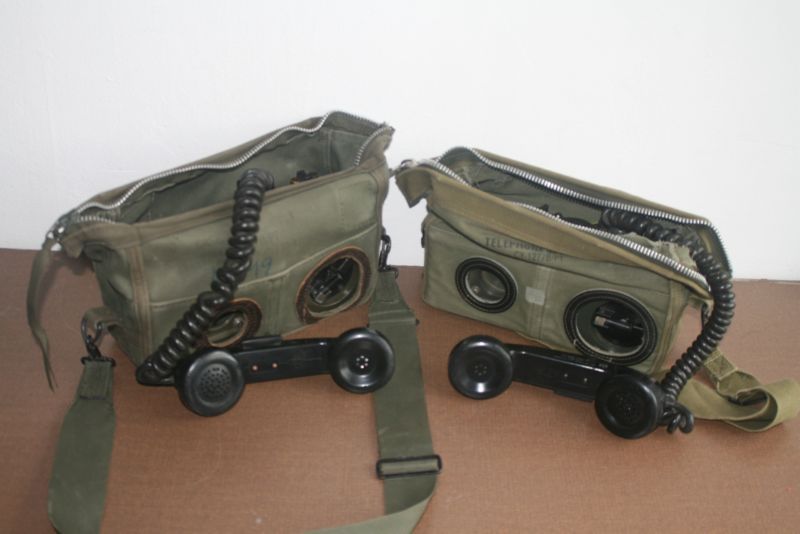
TA-312/PT Military Telephone
Once again, one of my favorite options (for certain scenarios) is a good old field telephone (TA-312/PT). These are pretty simple. You have two phones and they are connected by a line. Communication line, it’s really just a two strand line. When you want to talk to someone you crank the arm and the other phone rings. I think you need two D batteries also to power them, but since this is really low voltage, they will last a long time. This is as secure as the phone line and may work at a retreat area with one phone out in an OP and the other inside the house as long as the line is buried.
Regardless of the method you choose (we have several) it is wise to think about different scenarios and the communication plan you would use to keep in contact with your family. What other ideas do you have for communicating with your group?
What about Short Wave or Ham Radio? Good question. I think Ham Radio is an excellent option, but it is a complicated topic with a higher entry cost, learning curve and commitment which means its worthy of its own post. I will be discussing Ham radio in the future.
Having a plan in place for Communication in a disaster or survival situation is important to your preparations. This may be a plan for communicating with your family if you

